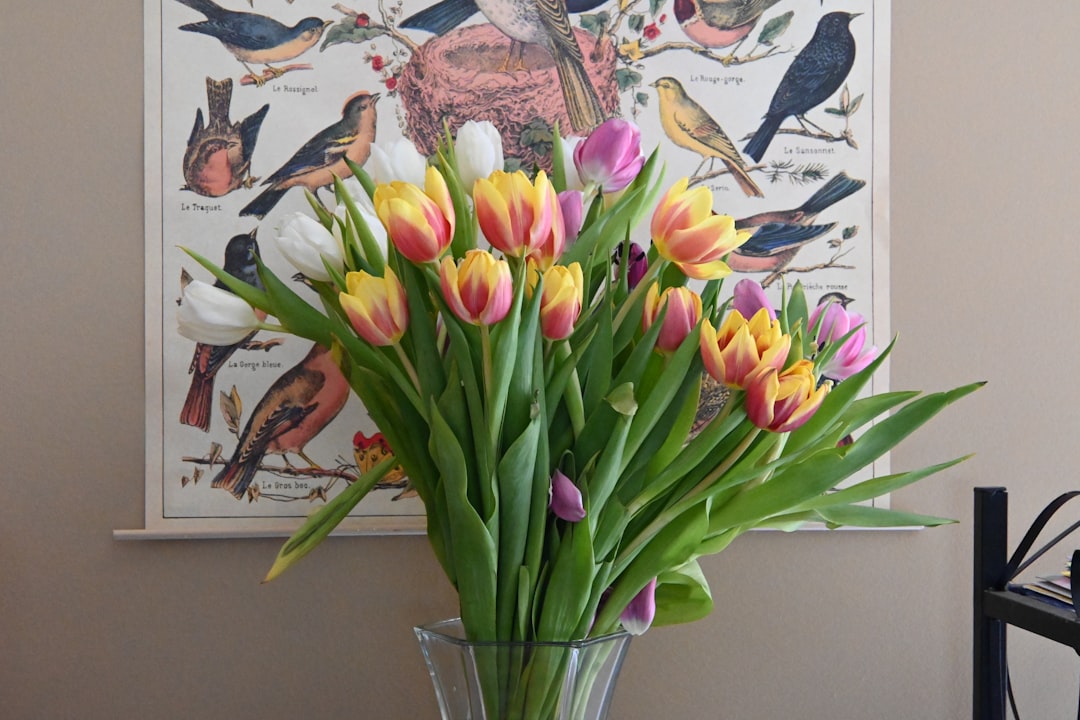Unleash the Full Bloom: Summer Pruning for Your Yard

When it comes to maintaining a vibrant and flourishing yard, summer is a crucial time, especially when dealing with flowering perennials. Cutting these plants back during the summer months can work wonders for extending your blooming season and encouraging them to produce an abundance of extra flowers. In this article, we'll delve into the details of why and how to perform this essential garden care task.
First, let's understand the science behind cutting back flowering perennials in summer. Many perennials have a natural growth cycle that can be influenced by pruning. When you cut them back, you're essentially redirecting the plant's energy. Instead of focusing on maintaining long, leggy stems or producing seeds, the plant can channel its resources into developing new buds and flowers. This results in a more extended blooming period and a more visually appealing yard.
One of the key benefits of summer pruning is that it helps to keep your plants healthy. By removing dead or diseased parts of the plant, you reduce the risk of pests and diseases spreading. Additionally, proper pruning can improve air circulation around the plant, which is essential for preventing fungal infections. For example, if you have a plant with crowded foliage, cutting it back can allow more sunlight and air to reach the inner parts of the plant, promoting overall health.
Now, let's talk about which flowering perennials are best suited for summer pruning. Some common examples include daylilies, coneflowers, and salvias. Daylilies are known for their beautiful, trumpet - shaped flowers. By cutting back the spent flower stalks in summer, you can encourage the plant to produce new ones. Coneflowers, with their bright and colorful petals, can also benefit from a mid - summer trim. Removing the faded flowers not only makes the plant look neater but also stimulates new growth. Salvias, which are popular for their long - lasting blooms, can be cut back by about one - third in summer to promote a second flush of flowers.
When it comes to the actual process of cutting back your perennials, it's important to use the right tools. Sharp pruning shears are a must. Dull tools can damage the plant and make it more susceptible to infections. Before you start pruning, make sure to clean your shears with rubbing alcohol to prevent the spread of diseases. When making cuts, aim to cut just above a set of leaves or a node. This will encourage new growth to emerge from that point.
Another aspect to consider is the timing of your pruning. It's best to prune your perennials on a dry day. Moisture can increase the risk of disease, so avoiding pruning after a rainstorm or in the early morning when there's dew on the plants is advisable. Also, keep in mind that different plants have different optimal pruning times within the summer season. Some may benefit from an early - summer cut, while others are better off being pruned later in the season.
In addition to the direct benefits to the plants, summer pruning can also enhance the overall aesthetic of your yard. A well - pruned yard looks more organized and inviting. It can also create a more harmonious balance between different plants in your garden. For example, if you have a mix of tall and short perennials, pruning can help to keep the height and shape of the plants in check, creating a more visually appealing landscape.
Furthermore, summer pruning can be a great opportunity to experiment with different plant shapes. You can create a more formal look by pruning your perennials into geometric shapes, or you can go for a more natural, free - flowing look. This allows you to add your own personal touch to your yard and make it unique.
Finally, don't forget to take care of your plants after pruning. Water them thoroughly to help them recover from the stress of pruning. You can also add a layer of mulch around the base of the plants to retain moisture and suppress weeds. Fertilizing your perennials after pruning can also provide them with the nutrients they need to produce new growth and flowers.
In conclusion, cutting back flowering perennials in summer is a simple yet effective way to extend your blooming season, promote plant health, and enhance the beauty of your yard. By following the right techniques and timing, you can enjoy a yard full of colorful and vibrant flowers throughout the summer and into the fall.